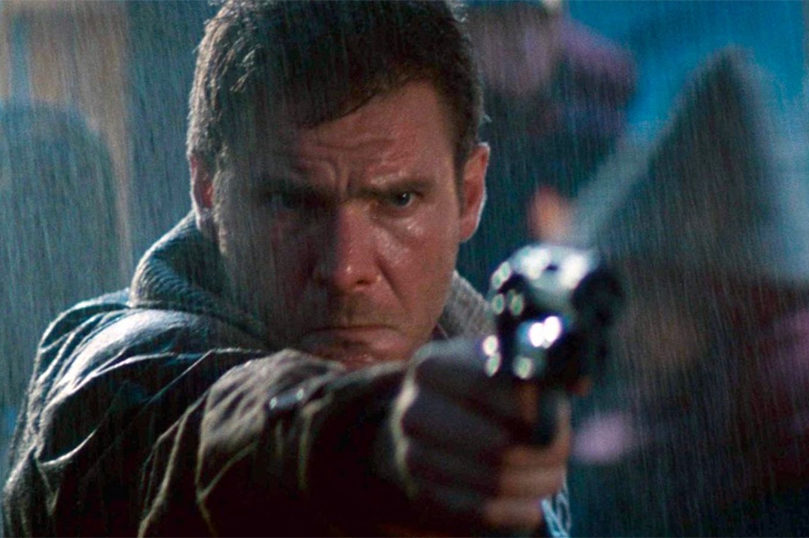
8 Sci-Fi Cops Having a Bad Day/Week/Month/Life
Solving crime in a science-fiction universe is a heck of a headache, as any one of these eight unlucky protagonists could tell you.

Solving crime in a science-fiction universe is a heck of a headache, as any one of these eight unlucky protagonists could tell you.